Best Practices Articles
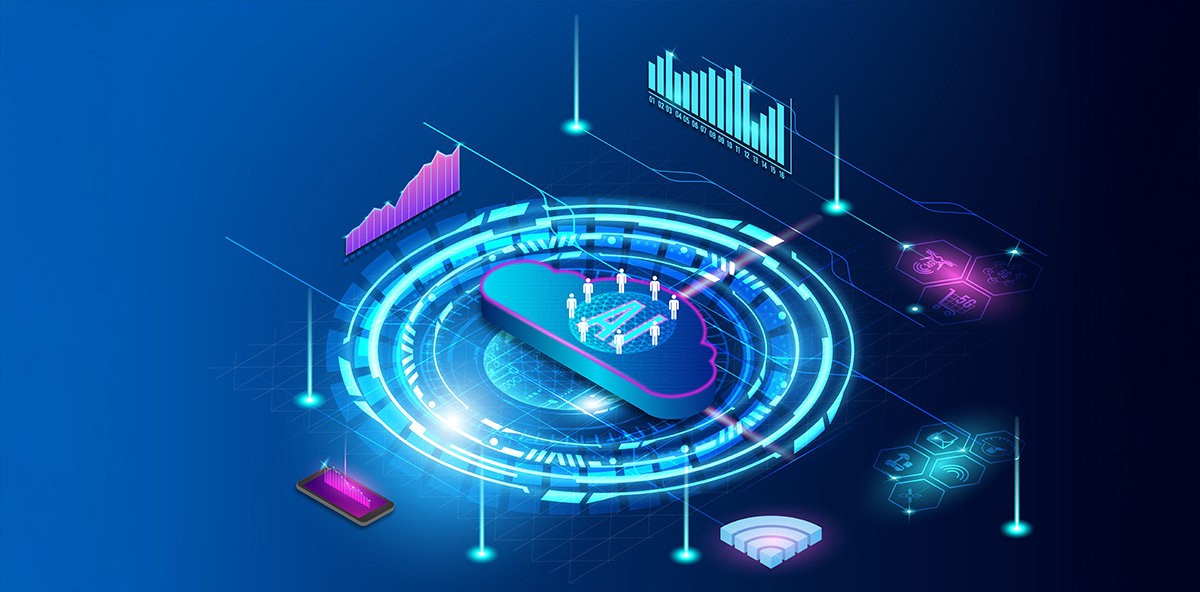
PartnerOps and the Future of Distribution: Adapting to Cloud, Services, and AI
The technology distribution model has undergone a seismic shift in the past decade. The days when distributors simply stored, shipped, and financed physical products are quickly fading. Instead, modern distribution has become a dynamic, multi-layered network of services, cloud orchestration, and strategic enablement. At the center of this transformation sits a powerful but often underrecognized function: PartnerOps.
As companies pivot toward subscription-based models, cloud marketplaces, and services-led selling, they need partner operations to orchestrate the complexity. PartnerOps teams provide the infrastructure, policies, and systems that allow vendors, distributors, and partners to interact with precision. From digital onboarding and financing alignment to AI-assisted enablement and compliance automation, partner operations makes modern distribution scalable.
This article explores the evolution of technology distribution and the critical role PartnerOps plays in this new era. It reveals how forward-thinking organizations use PartnerOps to embrace cloud commerce, support service-led GTM models, and pilot AI-driven efficiencies that fundamentally reshape the partner experience.
1. Redefining Distribution in a Cloud-Centric World
Distribution once revolved around logistics and inventory. Vendors relied on large regional distributors to manage stock, convert currency, extend credit, and handle physical product movement. While effective for hardware, that model no longer serves the needs of cloud-first software and cybersecurity companies.
In the cloud era, distribution has evolved into a value-added ecosystem. Distributors now act as cloud service brokers, SaaS aggregators, and financing arms. They invest in marketplaces, offer managed services, and integrate into vendors' digital channels. PartnerOps enables this evolution by constructing the workflows and integrations that support these new functions.
Rather than managing inventory, PartnerOps now manages digital access, entitlements, and service-level agreements. They define how partners automatically consume licenses, the renewal process, and how consumption metrics feed into billing systems. PartnerOps ensures that distributors no longer operate in parallel but integrate directly into vendor ecosystems.
Effective PartnerOps teams collaborate with IT, sales, and legal to draft clear rules of engagement. They write documentation that defines the roles and responsibilities across vendor and distributor touchpoints. They eliminate ambiguity from the partner journey.
The success of this new model requires standardization. PartnerOps builds consistent onboarding protocols across distributors, aligning roles, access controls, and training paths. They define how distributors qualify for incentives, how they report transactions, and how they support resellers within compliance boundaries. The cloud has transformed the distribution function, and partner operations have become its operating engine.
2. Supporting Service-Led Go-to-Market Strategies
In a world where services define differentiation, distribution has shifted from product movement to solution execution. Distributors now offer professional services, manage implementations, and provide 24/7 customer support on behalf of vendors. These shifts demand new levels of operational clarity, and PartnerOps provides that structure.
PartnerOps builds frameworks to enable distributors to deliver services effectively. They define delivery certifications, training modules, and escalation workflows. They establish service catalogs and scopes of work that match vendor standards. By embedding this guidance into PRM platforms and partner portals, PartnerOps ensures consistency.
PartnerOps teams work closely with solution architects to codify service quality benchmarks. They set expectations around deployment timelines, configuration standards, and issue resolution windows. They track whether distributors meet these expectations and intervene when gaps appear.
As managed service providers (MSPs) rise in importance, PartnerOps works with distributors to operationalize MSP onboarding, provisioning, and billing. They create repeatable processes for partners to spin up new customer environments, track usage, and invoice accurately. This capability allows vendors to scale managed services without exploding headcount.
Vendor organizations must also protect brand integrity when third parties provide services. PartnerOps enforces this by creating performance measurement systems that score distributors and MSPs on delivery quality. These systems feed into quarterly reviews and incentive eligibility. In this services-led model, partner operations becomes the accountability layer.
PartnerOps also supports post-sales experience by defining service feedback loops. They implement structured surveys and CSAT metrics that distributors must collect. They then review the results to improve documentation, onboarding, and technical delivery standards.
3. Financing Transformation and Consumption Economics
Financing has always been a cornerstone of distribution, but its role has dramatically changed in the age of SaaS and consumption models. Vendors increasingly want annual contracts paid upfront, while customers demand flexible billing terms and usage-based pricing. Distributors now bridge this gap, and PartnerOps makes that bridge operational.
PartnerOps designs financing workflows that accommodate deferred payments, monthly billing, and consumption reconciliation. They integrate distributor systems with vendor finance teams, ensuring that cash flow remains healthy while customers enjoy flexibility. These workflows often involve multi-tiered approvals, deal desk interactions, and risk assessments—PartnerOps precisely manages each step.
PartnerOps collaborates with finance leaders to structure cash flow policies that reflect revenue recognition goals. They assign thresholds for payment terms, define when to escalate exceptions, and track program compliance in real time. They maintain transparency while minimizing friction.
As hardware-as-a-service gains traction, partner operations adapt traditional fulfillment systems to handle ongoing leasing, refresh cycles, and bundled support. They ensure asset tracking, warranty updates, and customer entitlements reflect real-time consumption. PartnerOps closes the loop between service consumption and recurring revenue.
Distributors increasingly invest in financial platforms and analytics tools to better serve this role. PartnerOps evaluates and integrates these tools into broader ecosystems. They map financial controls to operational policies, eliminating manual reconciliation. This tight coupling ensures transparency across vendor, distributor, and partner tiers.
PartnerOps also configures systems to support country-specific tax compliance and accounting standards. They ensure global programs can scale across regions without financial risk. Their work enables CFOs to greenlight complex distribution models confidently.
4. AI as a Catalyst for Operational Efficiency
Artificial intelligence has begun to shape PartnerOps by automating tasks, enhancing partner engagement, and surfacing insights. In the context of distribution, AI tools unlock new levels of speed, scale, and personalization that were previously impossible.
PartnerOps deploys AI chatbots and virtual assistants in partner portals to answer FAQs, guide onboarding, and troubleshoot issues. These tools reduce ticket volume and allow channel managers to focus on high-value relationships. AI enables 24/7 partner engagement without inflating headcount.
PartnerOps also leverages AI to analyze historical partner data and identify behavioral patterns. They detect which partners consistently underperform after onboarding or which distributor territories generate the most returns. These insights drive proactive interventions, resource reallocation, and more informed strategic planning.
Generative AI supports enablement by rapidly creating localized training materials, FAQs, and marketing content. PartnerOps reviews and edits the content for brand alignment before deployment. This capability accelerates time-to-market for new programs and campaigns.
PartnerOps uses AI to flag anomalous transactions, delayed payments, or margin discrepancies in finance operations. These capabilities reduce audit exposure and improve cash flow predictability. The goal of AI in PartnerOps is not to replace human judgment but to enhance it through faster data processing and more intelligent decision-making.
PartnerOps leads pilot projects to assess AI tools across workflows. They set baselines, define KPIs, and compare human versus machine outputs. They publish learnings and iterate on implementation. This approach embeds AI innovation as a continuous capability rather than a one-time rollout.
5. PartnerOps as a Strategic Connector Across Ecosystems
PartnerOps functions as the connective tissue across vendors, distributors, and partners. In modern distribution, this role becomes even more pronounced. Vendor strategies often hinge on distributor-led execution. partner operations ensures that execution meets expectations.
partner operations sits at the intersection of legal, sales, marketing, finance, and IT. They create governance frameworks that translate strategy into action. When a vendor launches a new service, partner operations defines how distributors provision it, how partners position it, and how incentives apply.
They coordinate across business units to keep distributor messaging aligned. They review co-branded campaigns to ensure compliance. They translate performance data into actionable insights for senior leadership. PartnerOps provides the glue that binds cross-functional intent to operational reality.
As vendors grow globally, partner operations supports regional customization. They localize documentation, adapt systems to regional tax laws, and map incentive plans to currency differences. They ensure that the distribution experience feels both standardized and relevant.
PartnerOps also builds scalable communication infrastructure. They host virtual training summits, maintain regional partner newsletters, and automate campaign rollouts. They keep all stakeholders informed without overloading anyone with noise.
Perhaps most importantly, partner operations builds feedback loops that capture partner and distributor sentiment. They run surveys, track engagement analytics, and host advisory boards. These insights feed into roadmap decisions and continuous improvement initiatives. PartnerOps transforms distribution into a listening, learning, and evolving engine.
Conclusion
Distribution no longer operates on the margins of the technology ecosystem. It has become a strategic growth driver for vendors looking to scale through cloud, services, and AI. partner operations enables this evolution by architecting the systems, processes, and tools that support modern distribution models.
By redefining onboarding, financing, enablement, and compliance through a digital-first lens, partner operations makes distribution smarter, faster, and more resilient. They align partner ecosystems around shared goals and deliver experiences that drive loyalty and revenue.
As distribution continues to evolve, PartnerOps will play an even greater role in shaping its direction. Companies investing in partner operations now will build ecosystems that outperform complexity, efficiency, and partner satisfaction. The future of distribution belongs to those who operationalize it with precision, and PartnerOps holds the blueprint.
Best Practices Guidebook
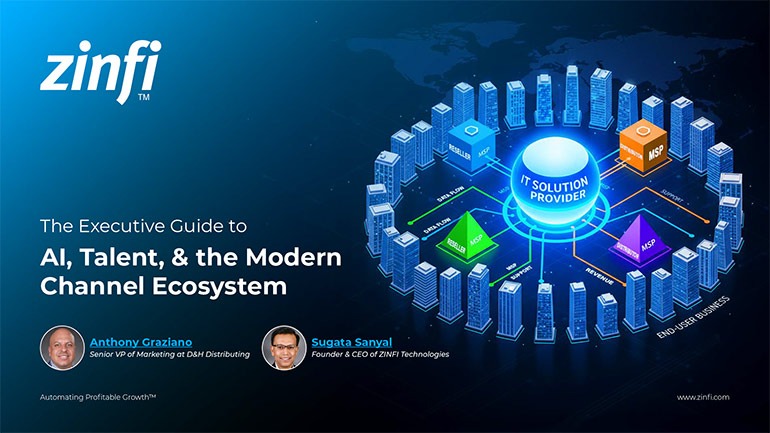 Modernizing Channel Marketing: AI and Ecosystem Enablement Best Practices
Modernizing Channel Marketing: AI and Ecosystem Enablement Best PracticesDownload for FREE
 The Channel’s Shift to Partner-Led With AI Best Practices
The Channel’s Shift to Partner-Led With AI Best PracticesDownload for FREE
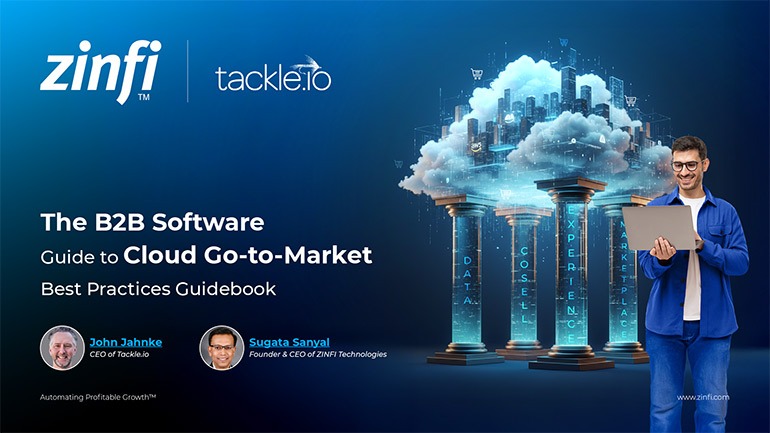 Hyperscalers, ISVs, and AI: Shaping the Future of B2B Software Distribution
Hyperscalers, ISVs, and AI: Shaping the Future of B2B Software DistributionDownload for FREE
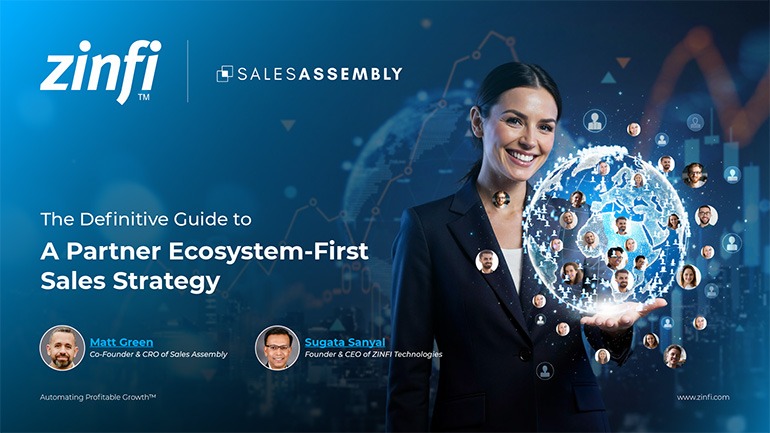 Definitive Guide to a Partner Ecosystem-First Sales Strategy
Definitive Guide to a Partner Ecosystem-First Sales StrategyDownload for FREE
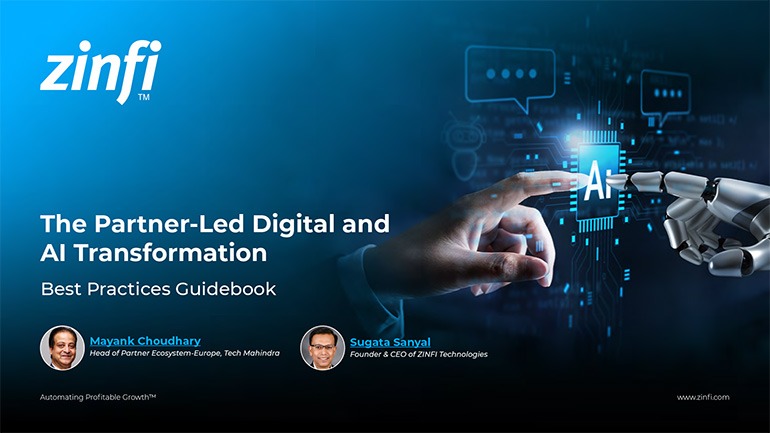 The Partner-Led Digital and AI Transformation Best Practices
The Partner-Led Digital and AI Transformation Best PracticesDownload for FREE
 Startup Talent Recruitment: Hiring Missionaries, Not Mercenaries
Startup Talent Recruitment: Hiring Missionaries, Not MercenariesDownload for FREE
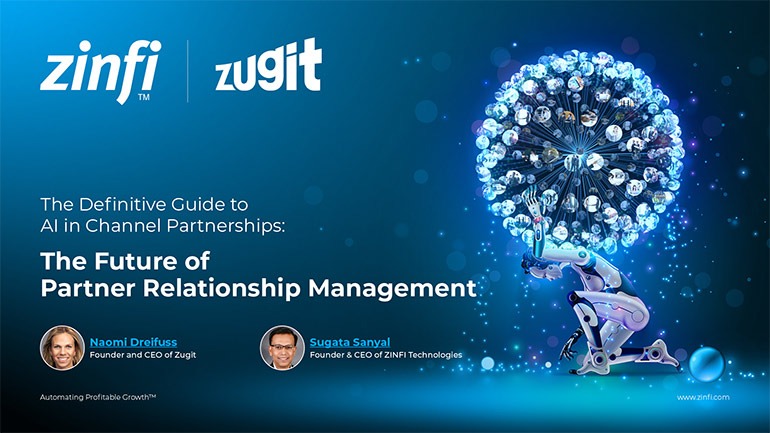 The Future of Partner Relationship Management with AI in Partnerships
The Future of Partner Relationship Management with AI in PartnershipsDownload for FREE
 Cybersecurity for the 99%: Strategies from the Frontline
Cybersecurity for the 99%: Strategies from the FrontlineDownload for FREE
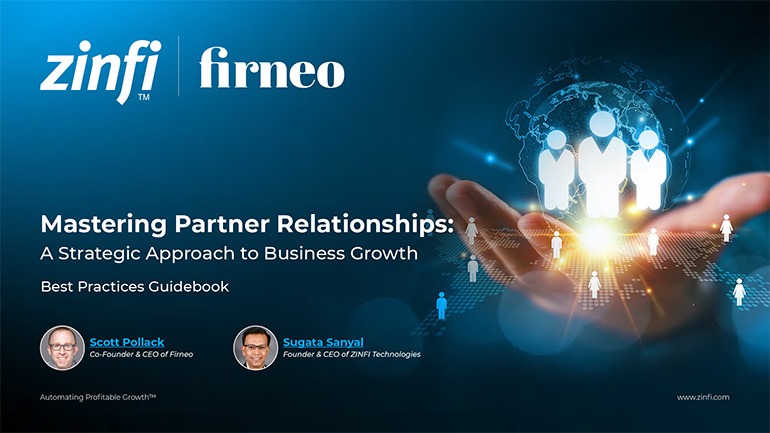 Mastering Partner Relationships: A Strategic Approach to Business Growth
Mastering Partner Relationships: A Strategic Approach to Business GrowthDownload for FREE
 Mastering Partner Relationship Management: Keys to SaaS Channel Success
Mastering Partner Relationship Management: Keys to SaaS Channel SuccessDownload for FREE
 Navigating the AI Revolution: Guide for Partners in the Microsoft Ecosystem
Navigating the AI Revolution: Guide for Partners in the Microsoft EcosystemDownload for FREE
 Mastering the Modern Buyers Journey: Sales Leader’s Guide to AI & Engagement
Mastering the Modern Buyers Journey: Sales Leader’s Guide to AI & EngagementDownload for FREE










